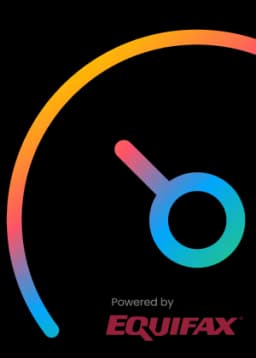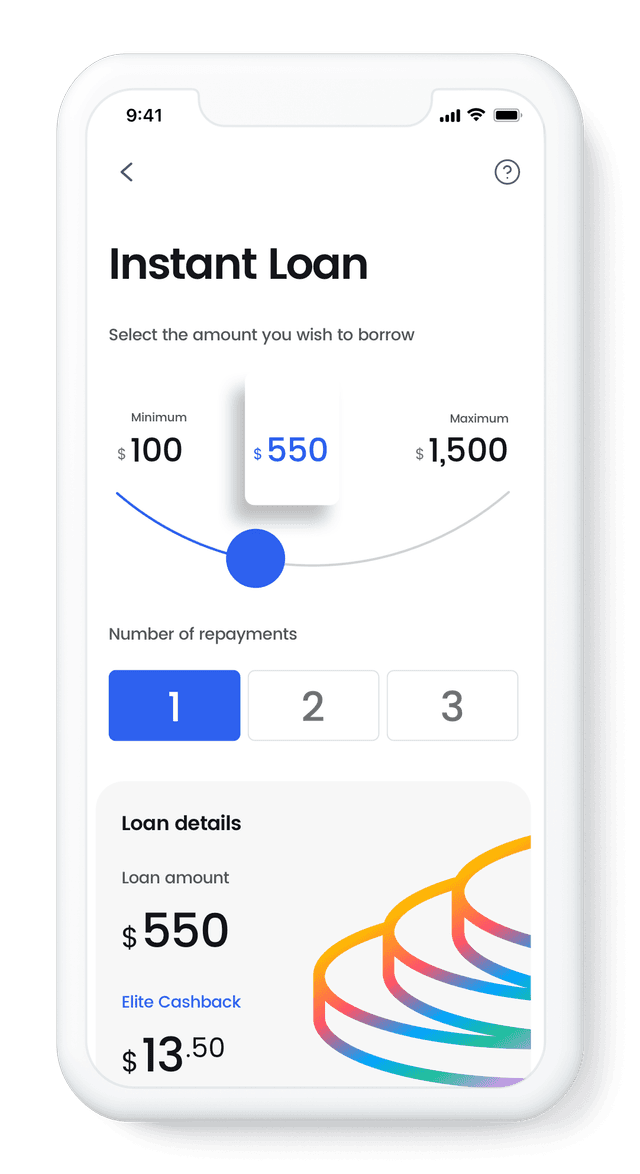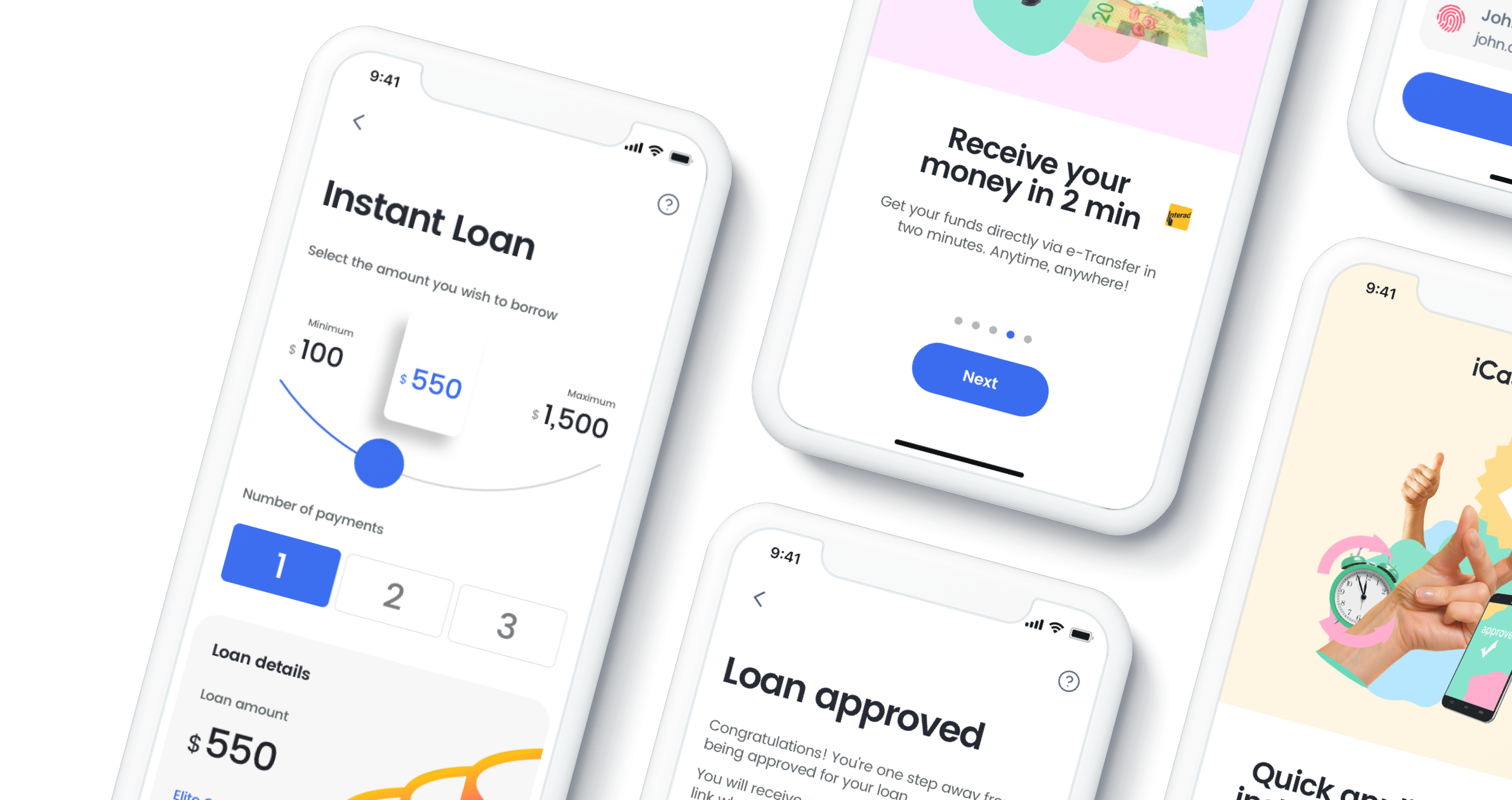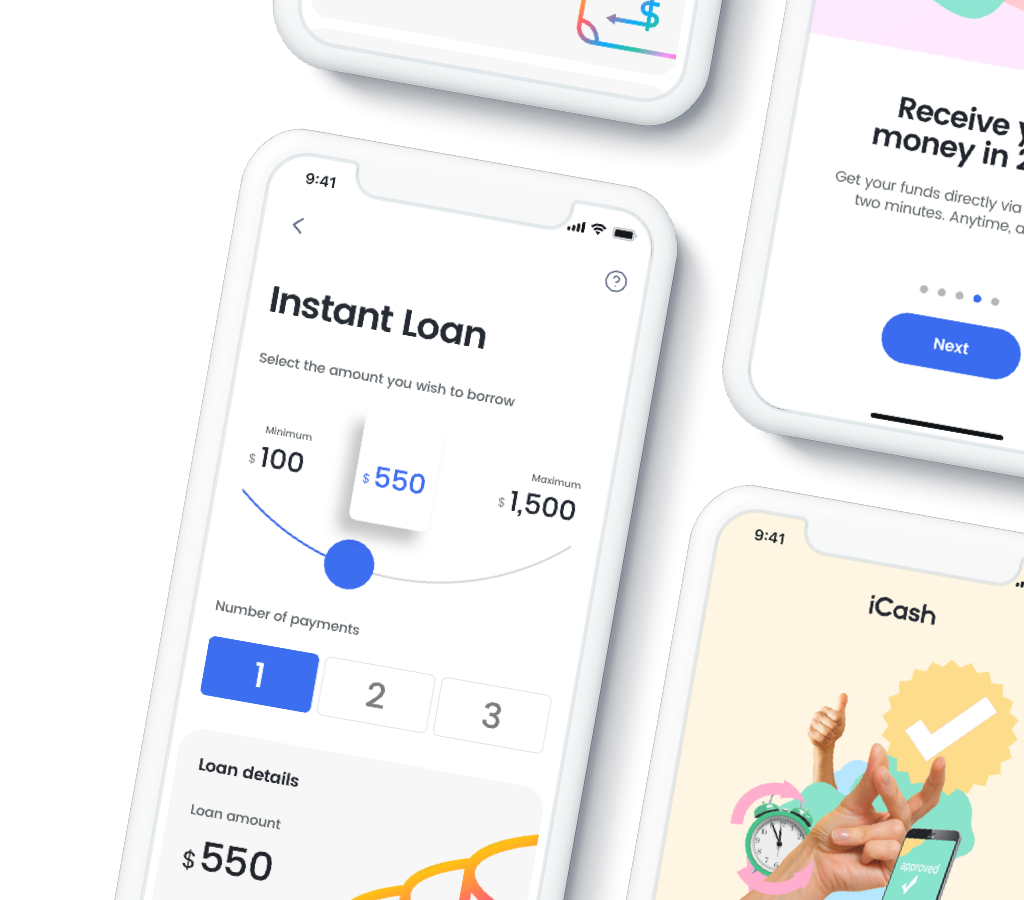You’re often inundated with information when you open your college or university’s financial aid package. These award letters often list several types of financial aid, but figuring out which parts are free money and which parts you’ll need to pay back later can be confusing. In particular, you’ll usually see grants (or scholarships) and loans included.
Understanding the difference between grants vs. loans is necessary if you want to make the most informed decisions about paying for your education. Today, that's what we're going to cover. This article will break down how each type of financial aid works so you can confidently plan your finances and make the most of the aid you’ve been offered.
What Is a Financial Aid Package?
A financial aid package (or award letter) is the detailed breakdown of financial assistance a school offers you to help pay for tuition and other expenses. It typically includes a mix of different aid types: grants, scholarships, work-study, and student loans.
Grants and scholarships are often referred to as “gift aid.” The word “gift” implies that this is money you do not have to repay. Loans and work-study are considered “self-help” aid. In this case, that means it’s either money you’ll repay later or earn through a part-time job.
Each school may format its award letter differently, but all packages will clearly list the sources of aid you’re being offered.
For example, you might see sections for “Total Cost of Attendance,” “Grants and Scholarships,” “Loans,” and sometimes “Work-Study.” The financial aid package tells you how much college will cost and how that cost will be split between free aid and loans.
Understanding each component helps you figure out how much you’ll actually pay out of pocket or need to cover with other resources.
Grants: Free Financial Aid You Don’t Repay
Grants are a type of financial aid that does not need to be repaid. In other words, a grant is basically free money to help cover your education costs. Grants are usually awarded based on your financial need. This means they’re intended for students whose family resources fall short of covering college expenses.
Some grants are government-funded (for example, the Canada Student Grant for eligible full-time students), and others come from your college or state/province.
Scholarships vs. Grants:
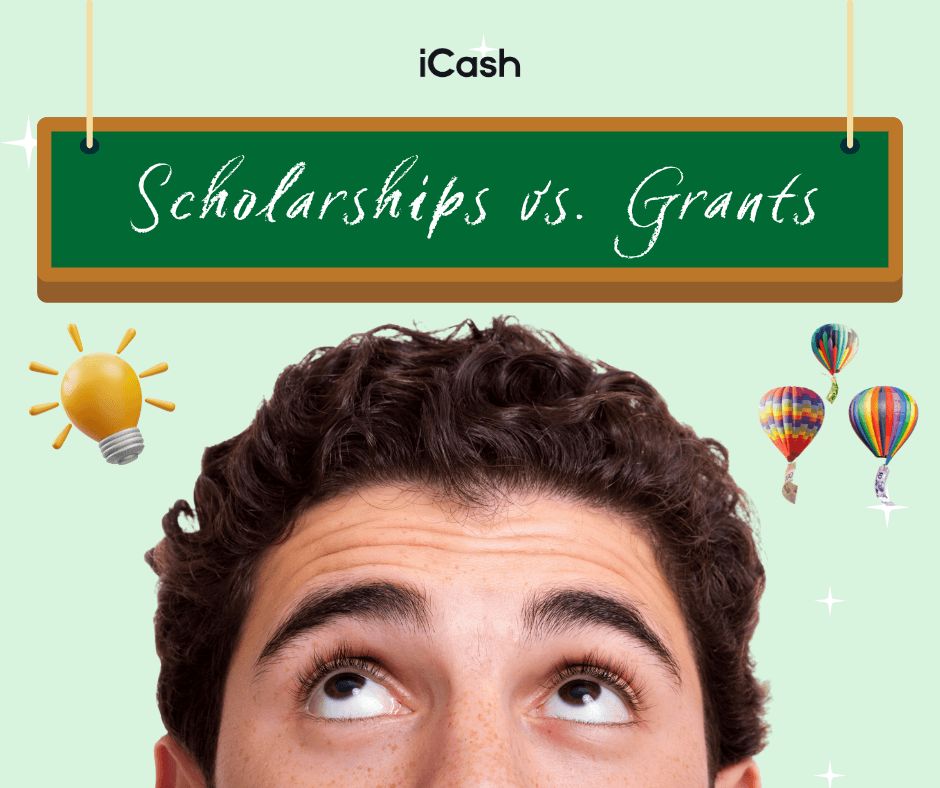
Both are gift aid, but there are important distinctions between these two terms.
The primary difference is that scholarships are often merit-based (awarded for academic achievements, talents, or other criteria), whereas grants (and bursaries) tend to be need-based.
For example, a university might offer a merit scholarship to students with good grades, while a government grant might be awarded to students from lower-income families.
Either way, what these types of financial aid have in common is that neither grants nor scholarships require repayment; they reduce your college costs outright.
Grants can significantly reduce your education costs.
For instance, a low-income student in Canada can receive up to $4,200 per year (about $525 per month of study) in Canada Student Grants as of 2025. This accounts for the 2025 to 2026 school year, with the dates ranging from August 1, 2025, to July 31, 2026.
These grants don’t need to be paid back, rendering them the most valuable aid to cover as many of your costs as possible.
Student Loans: Borrowed Money You Must Repay
Student loans are a part of your financial aid package that will need to be paid back.
When you accept a loan, you are borrowing money to pay for college, and you agree to repay that amount in the future with interest. Loans can come from the federal government or from private lenders.
Many students are offered federal loans through government aid programs, which often have lower interest rates and flexible repayment terms compared to private loans.
In Canada, federal and provincial student loans through programs like the Canada Student Financial Assistance Program are interest-free while you’re in school and don’t require payments until six months after you finish studies.
On the other hand, private loans (from banks or other lenders) often begin charging interest immediately and may have less flexible terms.
Whichever type of loan you choose to fund your education, just keep in mind that loans increase the overall cost of your education. AKA: If you borrow $10,000, you have to repay that $10,000 plus interest, which can add thousands more over time.
That’s why loans should be used carefully. Only borrow what you truly need after accounting for grants, scholarships, savings, and other resources. You can always decline or reduce the loan amount offered if you don’t need the full amount.
We cover the difference between short and long-term loans in this article.
Making the Most of Your Financial Aid Package
Prioritize the free aid (grants and scholarships) first when you’re considering all of your financial aid options for education.
Make sure you understand all the grants and scholarships you’ve been offered, and accept those that you’re eligible for. Grants will directly reduce what you have to pay for school; unlike loans, they don’t burden you with future payments.
If your package includes a work-study offer (a part-time campus job), please note that this is money you earn.
Although it isn’t available upfront for tuition, it can help cover living expenses during the school year. Work-study earnings don’t have to be repaid either (you’re trading time for pay), so it’s another way to minimize debt.
After accepting all free aid, you can decide how much of the loan portion to take. You are not obligated to accept all the loans offered to you.
In fact, you should only ever borrow what you need. Let’s say you were offered $5,000 in loans, but when you look at your budget, you realize you can manage with $3,000 (thanks to savings or a payment plan). Then, you can go ahead and decline the extra $2,000.
This will save you money in the long run and help you avoid unnecessary debt.
Always communicate with your school’s financial aid office if you have questions or special circumstances. The financial aid officers can explain your options and even adjust your aid in some cases.
For example, if your family’s financial situation has changed since you applied, this is something they should know.
If the aid offered isn’t enough to cover your costs, you can ask about appeals or additional resources. Sometimes, schools can offer more aid if you can demonstrate increased financial needs.
The key is to use loans as a last resort after maximizing every grant, scholarship, or work opportunity. Graduating with less debt will give you a significantly easier financial start after college. Keep a budget, and only take the loan funds you truly need. (We cover five easy steps to build a budget in this article)
Remember that every dollar of free aid is one less dollar you’ll have to repay later.
Summary: Understanding Your Financial Aid Package
Once you’ve maximized your grants and only taken the loans you need, if you ever find yourself in a short-term financial pinch, remember that iCash is here to help. iCash offers fast, flexible emergency loans for students and other Canadians who need a financial safety net between paydays.
Reach out to us at iCash to learn more about our instant payday loan options and keep your education on track. (Always borrow responsibly and consider all financial aid and scholarship options first.)
Grants vs. Loans: Frequently Asked Questions
Do I Have to Pay Back Grants or Loans?
Grants (and scholarships) do not have to be repaid; they are a free gift of aid. Student loans, however, must be repaid with interest.
Always use grants and scholarships first, as they can lower your education costs with no strings attached. Only take out loans if you truly need additional funds, and remember that you’ll be responsible for repaying them after leaving school.
What Does “Financial Need” Mean in Financial Aid?
“Financial need” is the gap between the cost of attending school and what you or your family can afford to pay. When you apply for aid through provincial applications in Canada, the government calculates your expected contribution.
If your finances are limited, then you’re considered to have a higher financial need. This can qualify you for more need-based aid, including grants.
Financial need essentially determines how much assistance you’re eligible for, so students with greater need receive more need-based grants.
Can I Decline Some of the Student Loans I’m Offered?
Yes. You’re not obligated to accept all the loans in your financial aid package. You can choose to borrow a smaller amount or even none at all.
Taking only what you truly need is the way to go. This keeps your future debt as low as possible.
Make sure you inform your financial aid office or follow the instructions on your award letter to decline the unwanted portion.
What If My Financial Aid Package Isn’t Enough?
If the aid offered doesn’t cover all your expenses, don’t panic! There are steps you can take.
First, reach out to your school’s financial aid office and explain what’s going on. They should be able to advise you on how to file an appeal for more aid, especially if you have special circumstances (like a parent’s job loss) that weren’t reflected in your original application.
Next, look for outside scholarships or grants you can still apply for; every bit of free money helps! You can also consider a part-time job or work-study position to earn extra funds.
You might consider additional loan options or a student line of credit if you run out of other options. Do this cautiously, though, and borrow only what you absolutely need.
Who Can Help Me Understand My Financial Aid Offer?
If you’re confused about your financial aid package, get in touch with your school’s financial aid office. The staff there can guide you through each item in your award letter and answer any questions you may have. You can also talk to a high school counselor or a mentor who has experience with financial aid.
Don’t operate off of guesses here; get clarification so you know exactly what’s free money and what’s a loan. Making informed decisions now will set you up for success and avoid surprises later.

